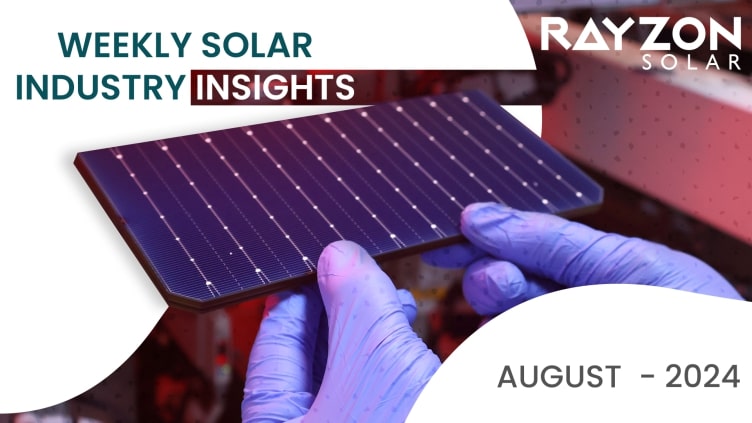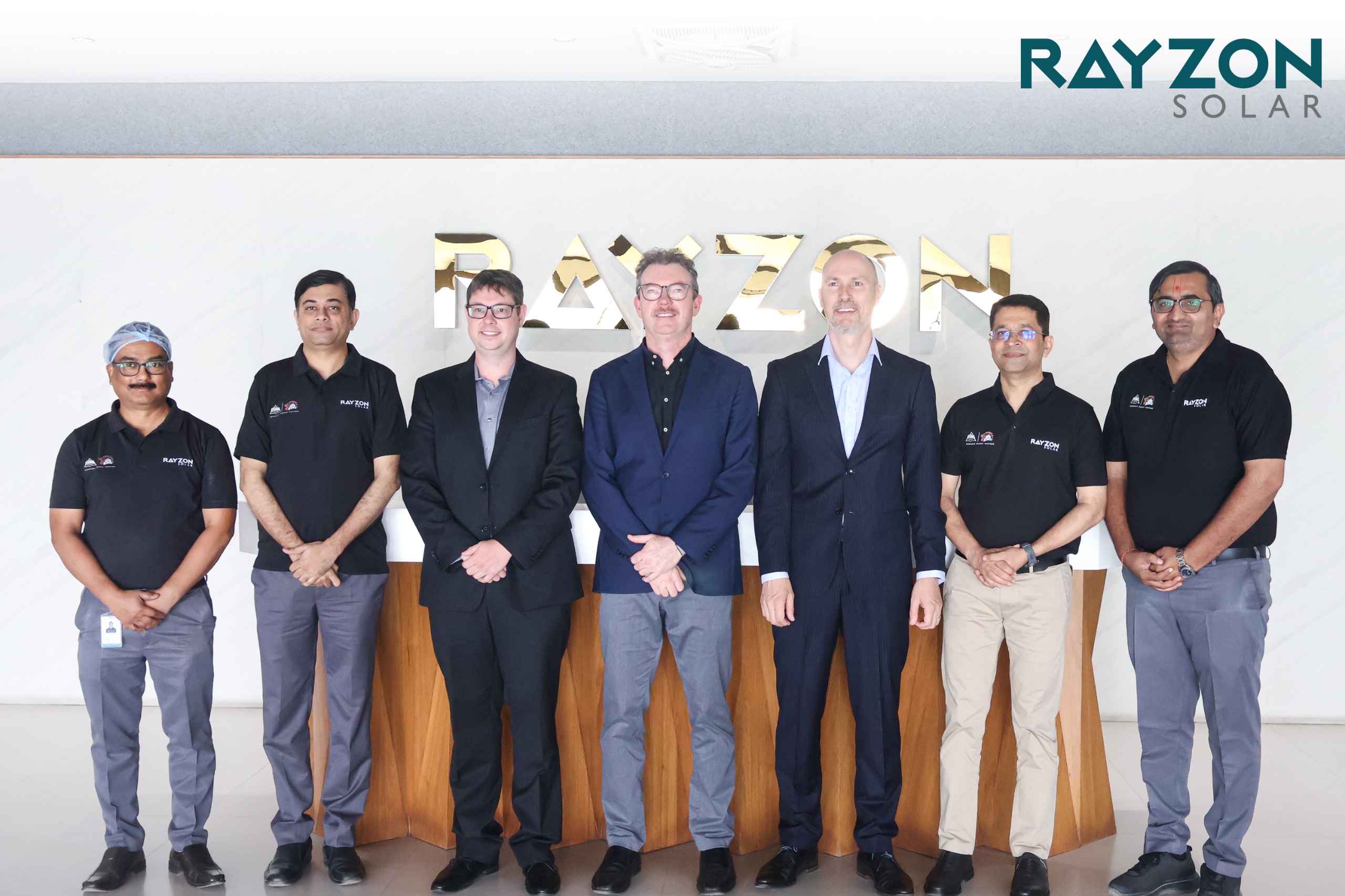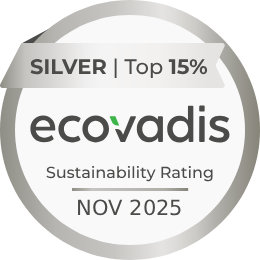
Weekly Solar Industry Insights: August 12th – August 18th, 2024
Perovskite tandem solar cells using tin-lead perovskite achieve 28.8% efficiency
An international research team, led by the University of Toronto, has developed an all-perovskite tandem solar cell based on tin-lead (Pb-Sn) perovskite, achieving 28.8% efficiency with enhanced stability and reduced recombination losses. Using diamine chelation chemistry, their novel approach created high-resistive barrier layers to protect the perovskite surface and improve operational durability. This breakthrough moves perovskite solar cells closer to commercialization, with the tandem device retaining over 90% efficiency after 1,000 hours of operation under simulated conditions.
Plug-in solar boom on Germany’s balconies
More than 500,000 plug-in solar systems have been installed in Germany to date according to the Federal Network Agency, with around 220,000 PV devices installed on balconies in the first half of 2024. Plug-in solar panels accounted for 200 MW of additional photovoltaic (PV) power capacity during the same period. “Balcony” PV kits, which produce around 10 percent of the energy produced by rooftop systems, can be easily bought online and do not require certified installation. Uptake has been accelerated by a simplified registration process introduced in April of this year. More than 90 GW of PV capacity has been installed in the country, with capacity set to reach 215 GW by 2030.
World's First Industrial Solar Fuel Plant Opens in Jülich
A Swiss company has launched the world's first industrial-scale plant for producing synthetic fuels using solar heat in Jülich, North Rhine-Westphalia. The new facility, named DAWN, features a 20-meter-high solar tower and a large mirror field. It will produce several thousand liters of synthetic crude oil annually, which will be processed into certified fuels at conventional refineries. These solar fuels, including solar kerosene for aviation, mark a significant step towards reducing fossil fuel use in transportation, particularly aviation. Synhelion, an ETH Zurich spin-off, plans to begin construction on its first commercial plant next year.
Italy Adds 3.34 GW of New Solar Capacity in First Half of 2024
Italy has installed approximately 3.34 GW of new solar photovoltaic capacity in the first half of 2024, boosting its total PV capacity to 33.62 GW by the end of June, according to Italia Solare. This marks an increase from 2.3 GW installed during the same period in 2023 and contributes to a total of 5.23 GW for the year so far. The new installations include 29% from residential systems, 35% from commercial and industrial setups, and 36% from utility-scale plants. The growth is driven by the commissioning of 17 large plants and a significant 122% increase in plants between 1 MW and 10 MW, with Lombardy, Lazio, Veneto, Emilia-Romagna, Piedmont, and Sardinia leading the installations.
New Model Optimizes Corn Growth in Agrivoltaic Systems
Researchers led by Purdue University scientists have developed a novel model to assess corn growth in agrivoltaic facilities, utilizing spatiotemporal shadow distribution (SSD) to enhance crop yield and power production. The model, which integrates data from the APSIM plant model and National Renewable Energy Laboratory (NREL) radiation data, was validated through a field experiment at Purdue's agrivoltaic farm. The study compared yields from areas with and without PV panels, finding a slight reduction in yield with PV panels but demonstrating that tracker height, distance between rows, and anti-tracking systems can influence productivity.
Information Source: PV Magazine




